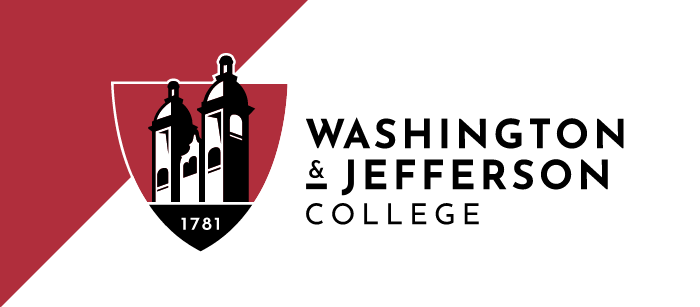WASHINGTON, PA (Feb. 11 2014)—How do you explain the complexities, the nuances of natural sciences, to an audience that likely never studied the field?
Leslie Kollar, a senior biology major at Washington & Jefferson College (W&J), spent Intersession learning to convey that message with photography. Kollar studied Conservation Photography, and said the course gave her a new way of connecting with audiences who need to understand her message in order to make a difference.
“One of the challenges scientists face is communicating science to an audience that doesn’t have a background in it,” she said. “Photography is a way to take something that’s complex and tell that story so everyone can understand it.”
Conservation Photography is a new course at W&J, taught during Intersession, that focuses on using photography to tell stories about the relationship between humans and nature. The course was co-taught by Samuel B. Fee, Ph.D., associate professor of Computing and Information Studies (CIS) and Jamie March, Ph.D., associate professor of Biology.
Students were trained in basic photography and photo processing, then began work on specific conservation-based case studies. The class visited construction sites, areas near natural gas drilling sites, a dairy farm, parks and other locations around Washington, Pa. to photograph the landscape, animal life, and other aspects of nature.
“Conservation is a story told more powerfully through photos,” Fee said. “Visuals have a way of hooking people that they might not get from sitting down and reading a brochure.”
Students quickly found they couldn’t focus only on the photography or only on the science—the two have to be taken together to tell a complete story—and Fee said that in having to look at both, the class not only learned about their chosen project topics, but also about their own backyards.
“I’ve learned more about Washington County in the past few weeks than I imagined I could learn,” he said. “Ultimately, the pictures that will come out of this course will tell the story of what we did and learned in this class.”
The course was designed to accommodate students of all majors, and while some, like Kollar, found ways to relate the course to their career fields, others might have found a previously unimagined career in their photos.
“I want to actually do this as my job,” said Caulin Grant, a junior double-majoring in Business and Finance, and CIS. “I want to go into photography or photojournalism and find a way to keep doing this as a career. I was looking for a class like this, and it’s cool to learn from people who have been doing this for a long time.”
The three-week Intersession term, a distinctive feature of the W&J academic calendar, is a term held between the Fall and Spring semesters in which sharply focused topics courses are featured. Each student concentrates on a single course with, in some cases, the addition of an elective. Many students also pursue study abroad, off-campus internships, or independent study projects.
March said Intersession was the perfect term for a class like Conservation Photography, because it gave students the time to sharpen their photography skills and delve more thoroughly into their research topics. Photography takes time, he said, but it’s powerful because the effect is instant.
“It’s a really powerful medium, because as soon as you see the photo you instantly take home the message,” March said. “For many students, this is their first introduction to media studies. This is important regardless of their majors because ultimately, this is how they tell their own life stories.”

